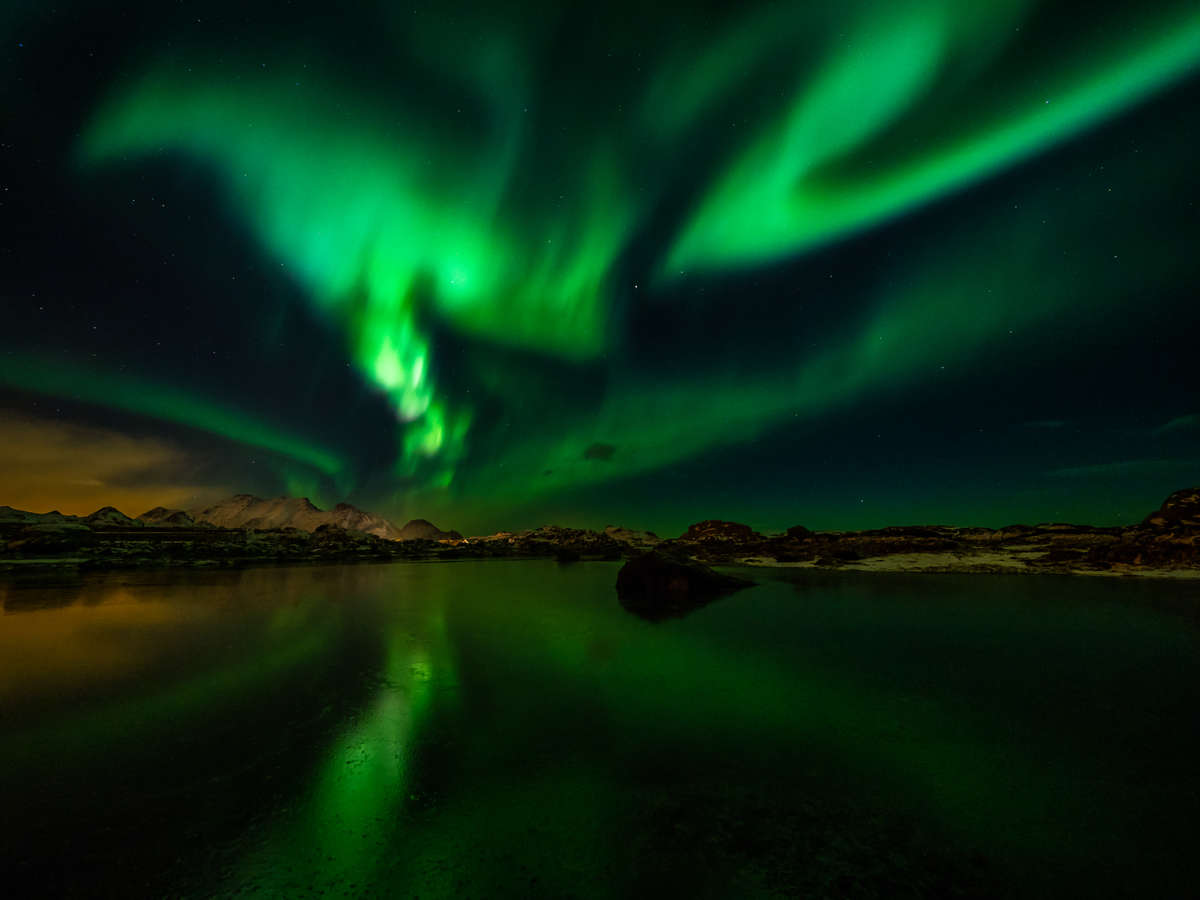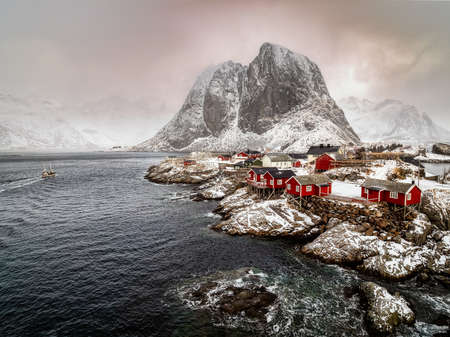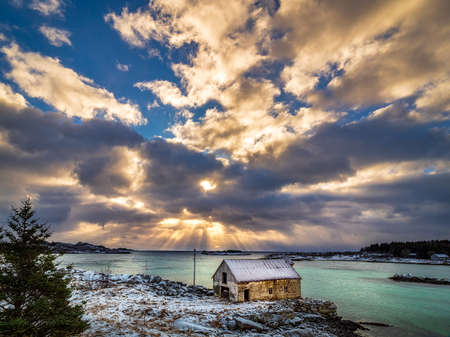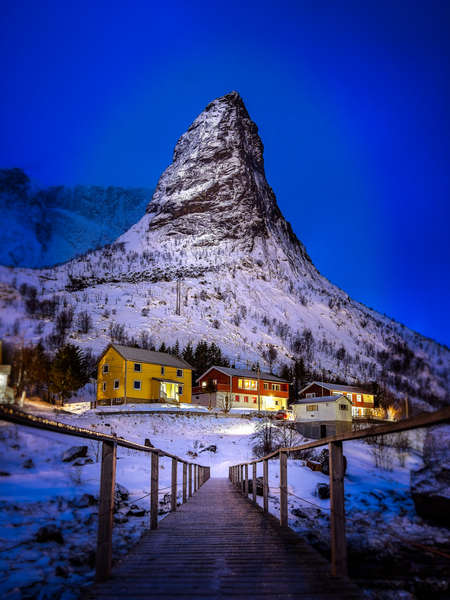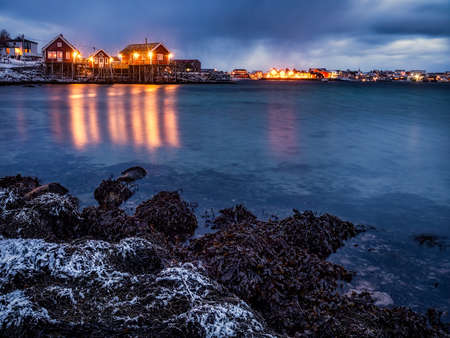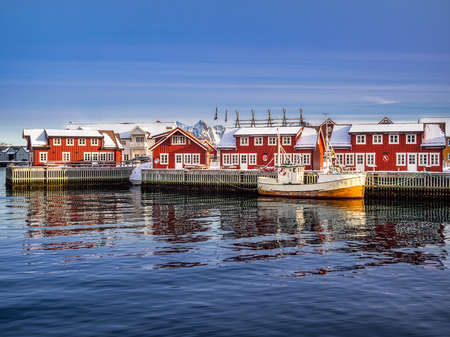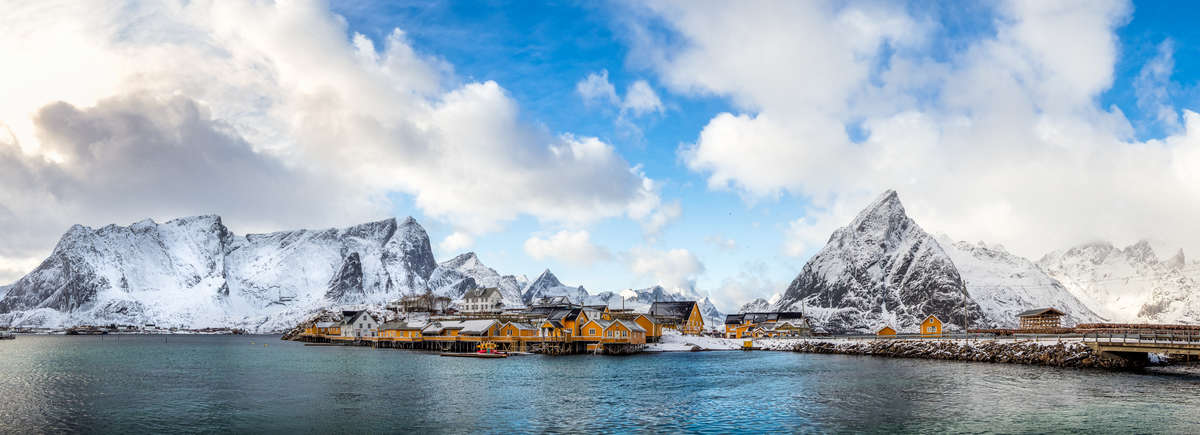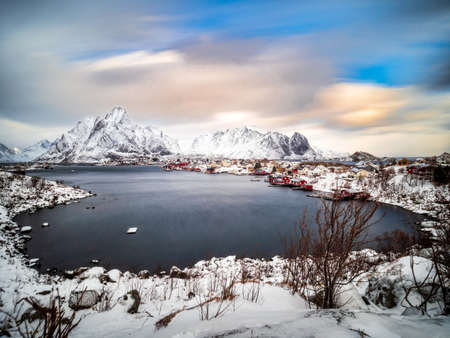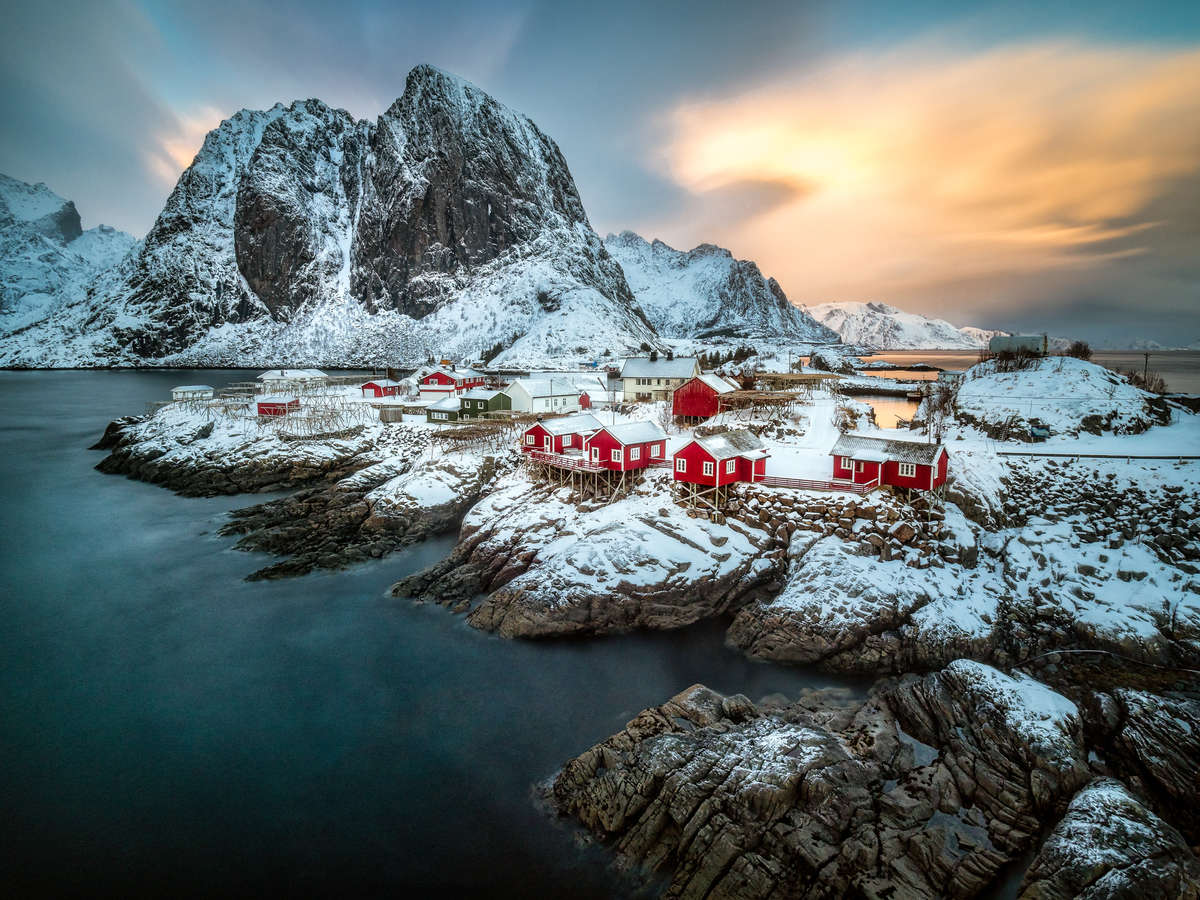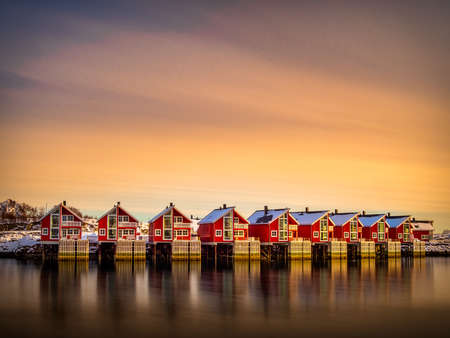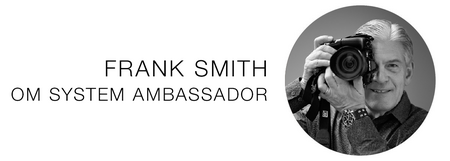PLANNING
Timing My Trip
Timing is everything as it relates to identifying the scenery/ scenario you are hoping to capture. I intentionally focused on the least tourist trafficked season to explore and capture Northern Norway, more specifically Lofoten, Norway. What that meant was that I would be there when temperatures ranged from -20 degrees to +20 degrees Fahrenheit. The overall climate was not for the general tourists which meant that we could access more of the country with the least amount of people.
Deciding Where to Go
In selecting my trip my primary focus was access to remote areas, opportunity and timing for the northern lights and the group’s dynamics to stretch beyond our typical day to capture all that the landscape and environment could offer — i.e. more time photographing and less time sleeping and eating!
Being Prepared
Research and goals are critical for a successful photography trip. I look to identify key times (low tourism) and best light (aka the Northern Lights) before scheduling. Accessibility to primary locations and regions are also very important when researching a trip and that is why working with an experienced guide who have led other trips in the region is important to me.
With the average temperatures ranging from -20 degrees Fahrenheit to +20 degrees you needed to be prepared. Waiting for the ever changing weather and the spectacular sunsets meant many hours of preparedness. Failing to dress appropriately would result in missing the moment. I planned ahead and packed appropriately for the trip.
Lastly, packing for flexibility and ever changing opportunities is synonymous with Olympus equipment. My bag is light yet my equipment is second to none. I am often the envy of the trip where fellow photographers assume their equipment (based on its size) is more powerful than mine. The image always tells the story.
GETTING THE SHOT
Flexibility Was Key
The trip structure meant that we would be flexible — early rising each day after sometime very late evening opportunities. To photograph the northern lights specifically you have to adapt to their timing and not your own body clock. Several of the photos were taken in the very early morning hours. You just need to be ready when someone says - “we have the lights!”. We were fortunate to have a few moments during the trip to actually see and capture the northern lights.
So much of the photography was light dependent — which meant that in order to capture the best photos you were either up before sunrise or waiting for the exact moment of the dynamic skies to capture the best images. Meals were optional during the peak times and often consisted of protein bars and water.
Where to Shoot
One of the favorite areas to photograph at various times of day were the fishing villages. They boasted beautifully contrasting colors including many red buildings that contrasted with the sky and the snow. The symmetry of the fishing villages provided great composition and timed with the proper sky and lights, offered great imagery.
Many other key areas included the serenity of the landscape. The weather shifted often and being flexible was key to the success of capturing the challenging environments and being able to adapt to the local culture.
My Equipment
Throughout the trip, I used various lenses with my OM-D E-M1 Mark II. This lightweight body paired with amazing glass allowing me to be nimble and yet have the highest quality equipment to capture the dynamic skies and beautiful panoramas the evening light shows.
I packed the M.Zuiko Digital ED 12-100mm f4.0 IS PRO and the M.Zuiko Digital ED 7-14mm f2.8 PRO lenses for this trip. Depending on the environment, focal point and goal, I was able to pack light and yet capture all the beauty that was there to take in.
My Settings
Most of my successful images involved long daytime exposures. I like being able to create a soft sky by allowing the clouds to merge. My overall average exposure times were approximately 60 seconds. This could not be accomplished during the day without a neutral density filter and a tripod.
One of the things I love about Norway is the light. There is something magical about it. The light has a very soft and warm glow about to it which creates a very natural comfort to the image.
As with any successful image, composition is still always paramount. When shooting landscapes in this area there were many times in which the foreground was as important as the background. To get tack sharp components of all portions of the scene, I utilized the in-camera “Focus Bracketing” feature. I set my first focal point as close as 2 to 3 feet away and let the camera capture images all the way through infinity. This resulted in a composited image that was sharp at all points.
ABOUT FRANK SMITH
Web: franksmithphotos.com
Twitter: @Frank_T_Smith
Instagram: @Franktaylorsmith
Olympus Trailblazer Frank Smith is a self-taught photographer whose love for the craft goes back to a very early age. Decades later, Frank’s passion for photography has yet to fade as his skills continue to evolve. A native Northeasterner, Frank often focuses his lens on regional and local scenery including the Pocono Mountains and the historical sites of Bethlehem, Pennsylvania. His raw travel and philanthropic photojournalism covers global themes, shedding light on cultural issues such as regional corruption in areas including South Sudan and Haiti.
